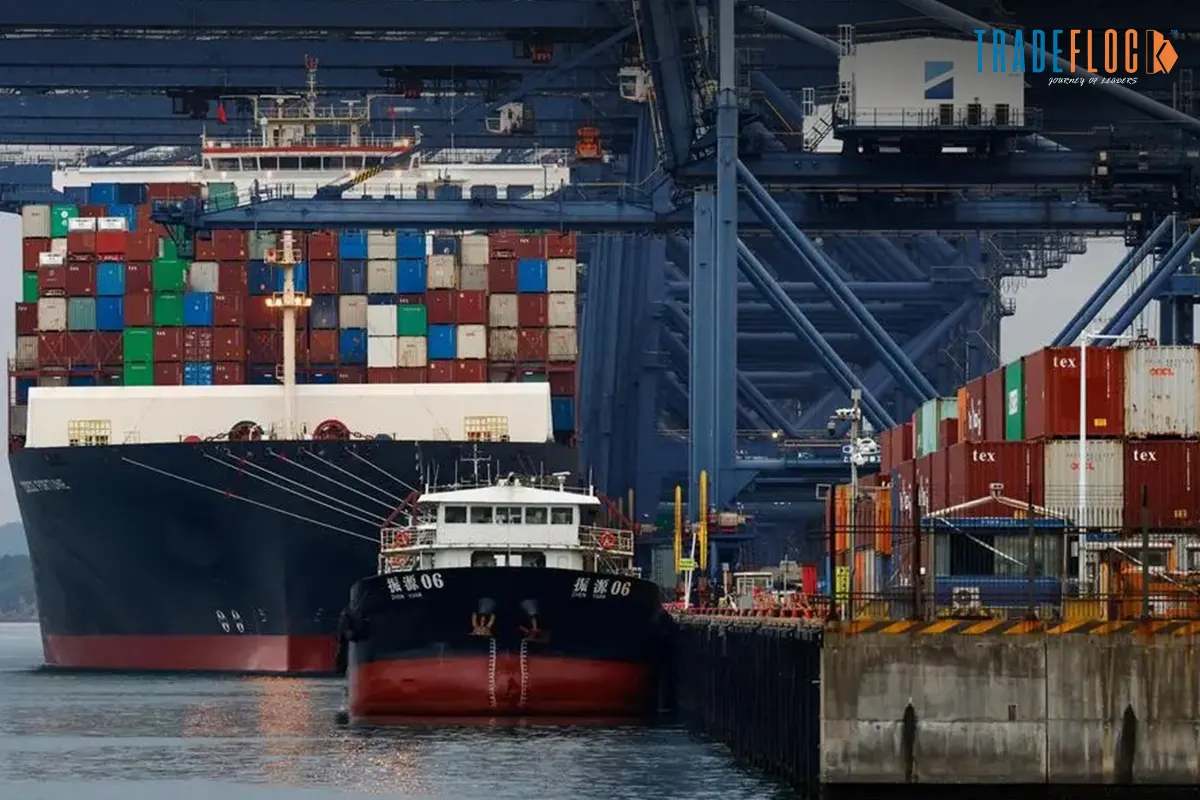The seeds of the modern industrial era in India were sown in 1851 when a commercial train ran between Roorkee and Piran Kaliyar for the first time in the country to resolve the farmers’ irrigation struggle. The first commercial train transported large quantities of construction material and soil to farmers in Roorkee from Piran Kaliyar, which is 10 km away from the city.
For this, a steam engine was imported from England, and two boogies with a load capacity of a weight of 180-200 tonnes were attached to the engine. According to IndiaTV, the distance covered was 10 km within 38 minutes, with a speed of 6.44 km per hour. This monumental event marked the birth of India’s extensive railway network, which today transports approximately ten crores of goods annually. While the Bombay-Thane passenger train of 1853 often catches the limelight, the Roorkee goods train remains an equally significant yet lesser-known milestone in Indian history.
A Nation On The Verge Of Transformation
The mid 19 century saw the British Empire consolidating its hold over India. The East India Company, which managed vast tracts of the subcontinent, faced logistical challenges in managing its territories, trade routes, and military operations. Roads were primitive, rivers often unreliable, and bullock carts too slow and inefficient for large-scale transportation.
In northern India, Roorkee emerged as a vital hub due to the construction of the Ganges Canal, one of the world’s largest irrigation projects. The canal project, led by the visionary British engineer Sir Proby Cautley, required transporting vast construction materials such as clay, bricks, and other heavy goods.
The inefficiencies of traditional modes of transport compelled the East India Company to explore alternatives. Out of this necessity, a rudimentary railway line between Roorkee and Piran Kaliyar was constructed, setting the stage for what would eventually become a sprawling Indian railway network.
Architects of the Plan
Several notable figures contributed to the realisation of the railway project. One of these was Arthur Cotton. In 1837, he conceived the steam engine from Red Hills to Madras’ Chintadripet Bridge. Later, in 1845, a railway was operational near Rajahmundry. Arthur Cotton also developed the Godavari Dam Construction Railway near Dowleswaram in Rajahmundry. This railway facilitated the transportation of construction materials, stone for irrigation, and supplies for building a dam across the Godavari River.
In 1851, the engine Thomason initiated construction work in Roorkee, considered the brainchild of Sir Proby Cautley and Arthur Cotton. Along with them, thousands of Indian labourers laid the tracks, transported materials, and helped assemble the basic rolling stock. Their contribution, though often unrecognised, was the backbone of the operation.
From Mental Construct To Reality
The railway line laid at Roorkee was rudimentary by modern standards. Built on narrow-gauge tracks, it used wagons drawn by steam-powered locomotives to ferry goods over a short distance. The primary cargo included clay, construction tools, and other materials critical for building the Ganges Canal.
The success of this goods train demonstrated the feasibility of rail transport in India. It also bolstered confidence in railway technology, encouraging its adoption for freight and passenger services across the country.
The Journey To Progress
The Roorkee goods train heralded a new era of industrial progress. Using railways to transport goods slashed transportation costs and time, increasing efficiency in infrastructure projects. Over time, this model was replicated across India, leading to the rapid movement of commodities such as coal, textiles, and agricultural products. Railways became a backbone for India’s export economy, connecting inland production centres with ports such as Bombay, Calcutta, and Madras.
While the Roorkee train was primarily a goods service, it underscored the potential of railways to bring people closer. With the expansion of the railway network, villages and towns once isolated by geography could now trade, communicate, and connect with larger cities. The railways also fostered cultural integration, as people from different regions travelled to new destinations, sharing languages, traditions, and ideas. This inadvertently contributed to the rise of nationalistic sentiments in the late 19th and early 20th centuries.
The Legacy of Roorkee
The Roorkee goods train was more than a logistical solution for the Ganges Canal—it was a prototype for India’s future. It demonstrated how a single technological advancement could catalyse change on multiple fronts. The project also reflected the colonial agenda: while the railways undoubtedly benefited India’s economy, they were primarily built to serve British commercial and administrative interests.











